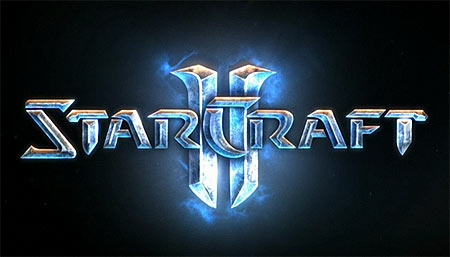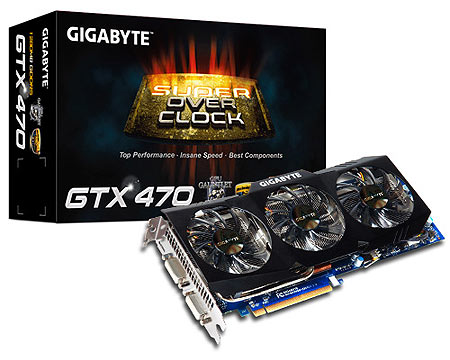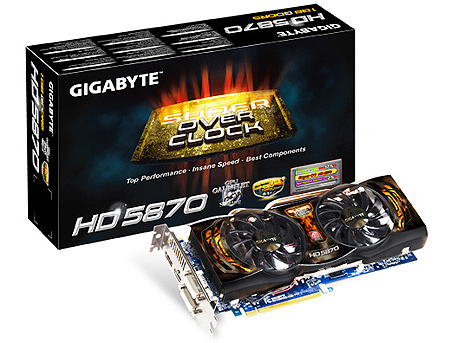StarCraft II Revisited: How Much Gaming PC Do You Need?
Conclusion: StarCraft II Can Put Your PC To The Test
Our new, demanding StarCraft II benchmark shows that this game can really brutalize your PC during large-scale battles. While a decent graphics card is necessary to really enjoy the highest graphical settings, your platform and CPU are even more important when it comes to the minimum frame rates.
It’s a little disappointing that Blizzard didn't code the StarCraft II engine to take advantage of more than a couple of CPU threads. Indeed, there is a lot of room to improve the minimum frame rates here.
We'd like to hope that the developers would upgrade the StarCraft II engine over time to take advantage of today’s multi-threaded CPUs—if this was the case, even budget processors like the Athlon II X3 might show a performance advantage over the quad-core results we see with the game in its current state. Of course, that isn't going to happen.
As things stand, a high-end Core i7, something in the realm of a Core i5-750, or a fast quad-core Phenom II X4 CPU is the best way to experience StarCraft II.
The game engine is relatively easy on graphics cards at Medium details, which remains an attractive setting. This is good news for mainstream gamers who'd like to upgrade to something affordable for StarCraft II. Enthusiasts aiming for the Ultra detail level will want to equip their PC with a graphics card that boasts a little more muscle, such as a Radeon HD 5830 or GeForce GTX 460. Players planning to enable AA should consider Nvidia's GeForce cards--specifically the GeForce GTX 460 or better.
On a final note, we’d like to thank Gigabyte for supplying all of the cards we tested in this StarCraft II evaluation. The fact that all of these boards boast aftermarket cooling solutions helps take noise out of the equation here.
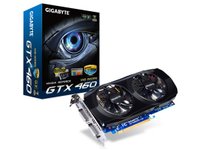
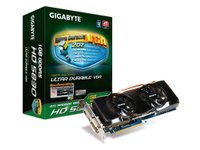
Get Tom's Hardware's best news and in-depth reviews, straight to your inbox.
Current page: Conclusion: StarCraft II Can Put Your PC To The Test
Prev Page Benchmark Results: CPU PerformanceDon Woligroski was a former senior hardware editor for Tom's Hardware. He has covered a wide range of PC hardware topics, including CPUs, GPUs, system building, and emerging technologies.
